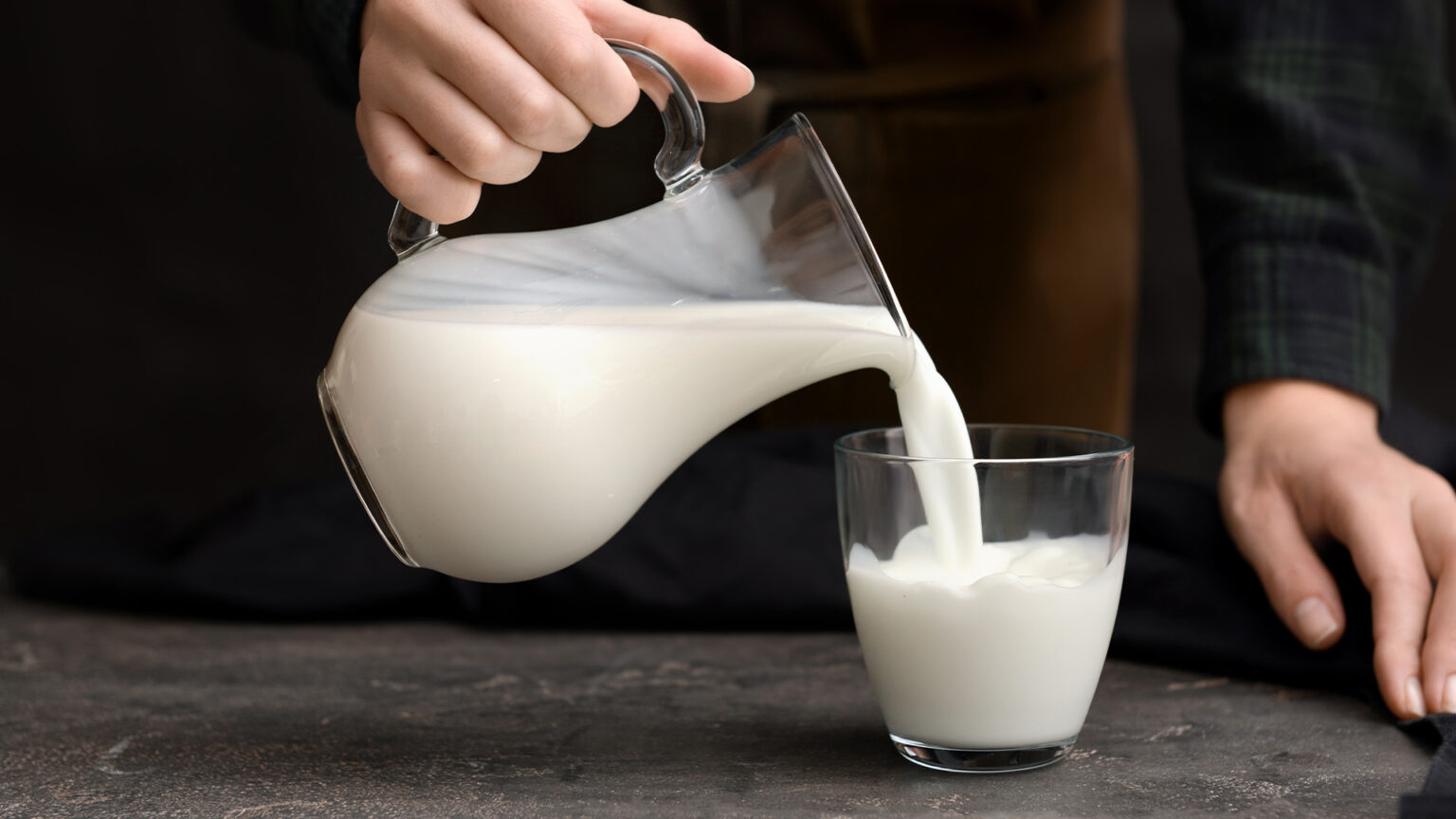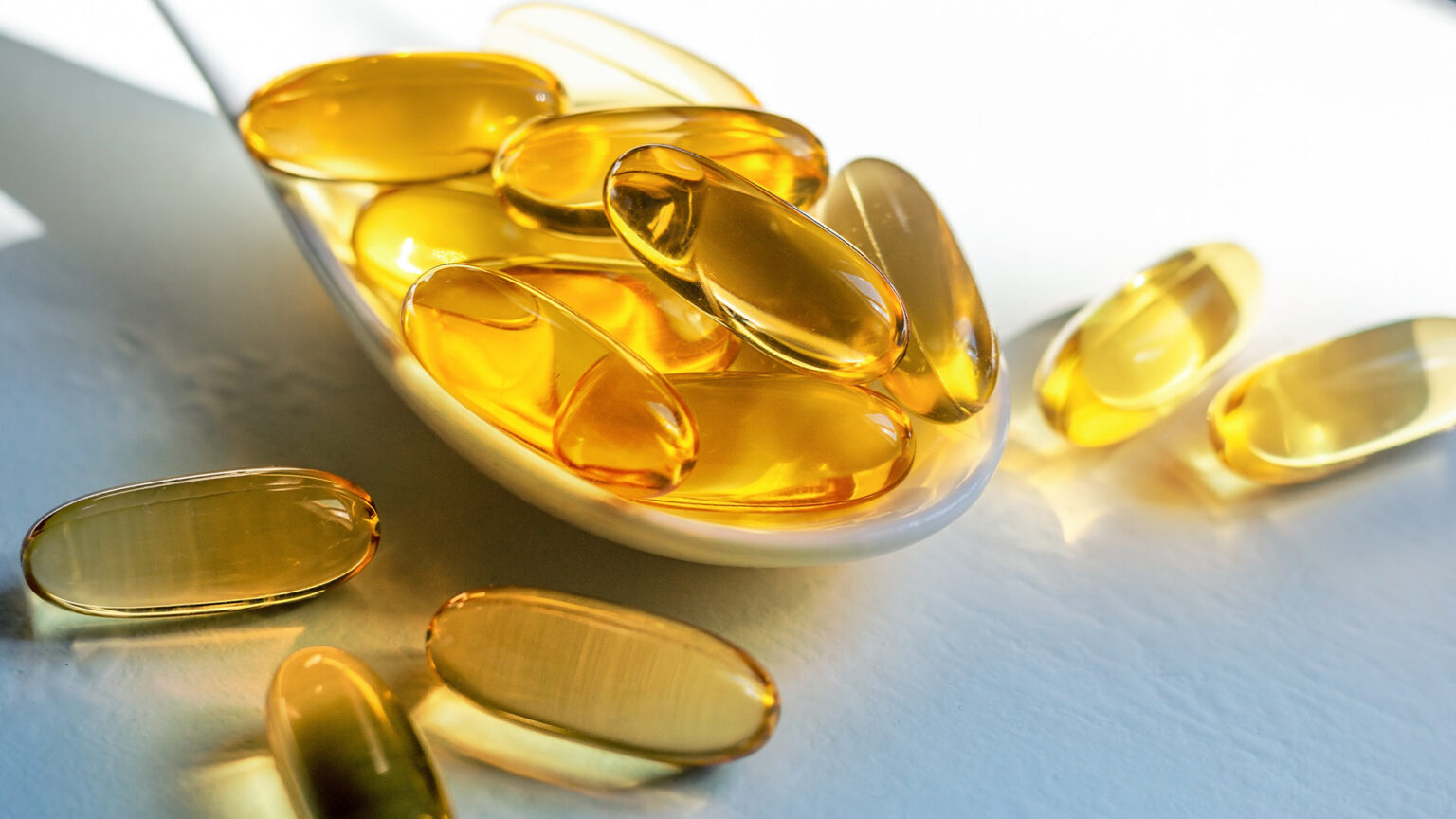Published: December 24, 2023 | 1 min read
Too Much Urinary Calcium: Does it Cause Kidney Stones?
ARTICLE SHORTCUTS
It’s been said that too much urinary calcium (also called hypercalciuria) may increase one’s risk of forming kidney stones. Most of this stems from the fact that calcium-oxalate stones comprise about 80% of global kidney stone cases. In particular, hypercalciuria is uniquely linked to the dihydrate calcium oxalate kidney stone subtype.
However, are high calcium intake and high levels of urinary calcium really the culprit for this?
Before we jump to the answer, let’s first define what too much urinary calcium looks like.
Using a 24-hour urine test, calcium levels exceeding 250 mg (6.25 mmol) are considered high. Looked at another way, daily excretions higher than 4 mg (0.1 mmol)/kg body weight (regardless of sex and age) would be considered high as well.
So, how exactly does all of this begin for someone?
WHAT CAUSES HYPERCALCIURIA?
There are many possible causes of elevated urinary calcium. It could be genetic (which is very rare) or a result of some underlying metabolic disorders or diseases… for which 87% of the Westernized world suffers.
One example is vitamin D sensitivity. Vitamin D, especially its active metabolite calcitriol (1,25(OH)2D), absorbs calcium from the gut. This temporarily increases calcium in the blood; thus, the body excretes more calcium in the urine to maintain balance. So, when there are increased numbers of vitamin D receptors, there will be higher urinary calcium. Vitamin D receptors will increase when there is a high intake of vitamin D.
Hyperparathyroidism is also a potential cause. Hyperparathyroidism happens when the parathyroid glands (pea-sized glands found in the neck) excrete too much parathyroid hormones (PTH).
Normally, low calcium levels in the blood will trigger PTH release. This hormone helps increase serum calcium levels by stripping calcium from the bones. Plus, it increases the activity of a protein called TRPV5, which signals calcium reabsorption in the kidney. When calcium is reabsobed back to the bloodstream, lesser amounts will remain in the urine.
Calcitriol (1,25(OH)2D) works with calcium to suppress PTH release when there is enough serum calcium (calcium in the blood). So, abnormally high PTH levels will disrupt the calcium balance in the body. This increases calcium in the urine.
A study involving 153 first-time kidney stone formers proved this matter. The stone formers had higher levels of PTH than normal individuals. Despite having high calcium and vitamin D levels, PTH remains high. This suggests that there may be something wrong with their parathyroid glands.
But how does hypercalciuria takes place?
We need to understand two mechanisms here: (1) Increased absorption in the gut; and (2) Decreased reabsorption in the kidneys.
For normal individuals, urinary calcium rises with dietary intake. Around 25% of calcium is usually absorbed. However, for patients with hypercalciuria, absorption would be about 30%. This shows that the Vitamin D receptors increase calcium transport.
More calcium absorption in the gut also means more calcium excretion. Nevertheless, the kidney’s proximal tubule (the first segment of the kidney’s filtration unit or nephron) reabsorbs back more than 60% of filtered calcium. The proteins claudins-2 and -12 aid this reabsorption. Water and sodium levels also impact this process.
The loop of Henle (the long U-shaped portion of the kidney’s tubule) will reabsorb another 20-25%, while the distal convoluted tubule (lower segment of the nephron) and the collecting ducts will regulate the rest.
However, when there are abnormally high PTH levels, the reabsorption mechanism in the kidneys is reduced. Again, this leads to more calcium in the urine.
Debunking myths
There are speculations that high salt intake causes hypercalciuria. That’s because a high sodium load decreases calcium reabsorption in the kidney. However, there isn’t enough evidence to say it causes significant increases in urinary calcium.
Another myth worth debunking is that a diet high in animal protein leads to significant hypercalciuria. This is believed to result from more acid load in the body. But there isn’t enough proof that supports this claim too.

PROPER CALCIUM INTAKE
Many doctors provide inaccurate advice to their patients because they inappropriately assume that calcium is the culprit when it comes to calcium-based kidney stones. However, this is not the case!
Calcium is like an innocent bystander that gets kidnapped and then blamed for whatever shenanigans for which the kidnapper gets involved. Calcium is innocent! So…
Do not limit your calcium intake! You need around 1,200 mg of calcium daily, especially if you suffer from hypercalciuria. And it is best if we get it from foods rather than supplements because it is more bioavailable in these forms.
Regarding urinary calcium, levels <200 mg/L are considered normal. But, it is best recommended for kidney stone formers that urinary calcium is lower than 125 mg/L. You can measure this with a 24-hour urine collection.
So, just to be clear in no uncertain terms, calcium levels alone do not increase your risk for kidney stones.

HOW MUCH VITAMIN D IS SAFE?
Both vitamin D and vitamin D analogs (chemically synthesized in a laboratory) may increase urinary calcium, as explained earlier.
A blood test is one way to check your Vitamin D (25-hydroxyvitamin D) levels. It is usually measured in nanomoles per liter (nmol/L) or nanograms per milliliter (ng/mL) in laboratories (equivalent to 0.001 mg/L).
- < 30 nmol/L (12 ng/mL or 0.012 mg/L) is too low.
- > 125 nmol/L (50 ng/mL or 0.05 mg/L.) is too high and may trigger health problems.
The recommended amount of dietary vitamin D is 0.015 mg or 600 International Units (IU) per day.
Still, the best sources of vitamin D are foods and sunlight, not supplements. The reason is that the main cause of Vitamin D toxicity is prolonged use (months) of high doses of vitamin D (>600-800 IU/ day). Diet or sun exposure doesn’t lead to toxicity. That’s because our body can regulate the pre-vitamin D or the inactive forms of Vitamin D produced in the skin. Pre-vitamin D (ex. tachysterol and lumisterol) is converted into active vitamin D in the liver and in the kidney. Also, dietary sources typically do not provide large amounts of vitamin D.
Vitamin D toxicity may not only cause increased urinary calcium but also heart conditions, kidney damage and bone damage.
CONCLUSION
Again, calcium is not the culprit for your nasty kidney stones. Calcium levels alone do not increase your risk for kidney stones. This must be remembered at all costs! Do not deprive yourself of the calcium you need. Maintain a 1,200 mg calcium intake daily.
If you want a holistic approach on kidney stone prevention, the BEST route is to have a guide. Here are a few resources for your success:
- Diet’s Impact on Kidney Stones Blog
- Kidney Stone Diet Prevention Course Inside the Stone Relief Community
- One-On-One Diet Coaching
REFERENCES
- Hypercalciuria
- Hyperoxaluria
- Vitamin D, Hypercalciuria and Kidney Stone
- Chapter 43 – Management of Pediatric Kidney Disease
- Altered Calcium and Vitamin D Homeostasis in First-Time Calcium Kidney Stone-Formers
- Idiopathic hypercalciuria and formation of calcium renal stones
- Vitamin D
- Vitamin D Toxicity–A Clinical Perspective

Comments or questions?
Responses